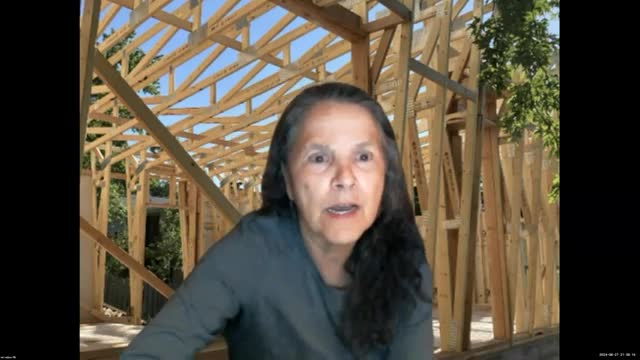Confusion over building height regulations sparks debate
August 28, 2024 | Boulder, Boulder County, Colorado
This article was created by AI summarizing key points discussed. AI makes mistakes, so for full details and context, please refer to the video of the full meeting. Please report any errors so we can fix them. Report an error »

In a recent government meeting, officials engaged in a detailed discussion regarding the height and design specifications for a proposed development project. The conversation centered around a perceived contradiction in the applicant's site review plan, which stated that buildings could be up to three stories but no more than two stories in height above finished grade. This led to questions about the intent behind these specifications, particularly concerning the inclusion of basements and the overall height limitations governed by existing zoning regulations.
Officials clarified that the height of buildings is regulated by the underlying zoning code, which allows for a maximum height of 35 feet in the RMX zone. The intent of the design specifications was to ensure compatibility with neighboring properties, particularly by promoting pitched roofs rather than flat-roofed structures. This approach aims to maintain a character consistent with the surrounding area, which predominantly features one- and two-story homes.
The discussion also touched on proposed amendments to the annexation agreement concerning the maximum allowable floor area for dwelling units. One official suggested reducing the maximum size from 3,000 square feet to 2,500 square feet, and from 3,500 square feet to 3,000 square feet, arguing that the developer's average unit size goal of 1,900 square feet did not necessitate such high limits. However, other officials expressed concerns that lowering these limits could jeopardize the project's viability and affordability.
The meeting highlighted the complexities of balancing development goals with community character and housing needs. While some officials advocated for stricter limits to ensure smaller, more affordable units, others emphasized the importance of flexibility to accommodate a variety of unit sizes, including larger family-oriented options. The discussions underscored the ongoing challenge of addressing housing demands while maintaining the integrity of existing neighborhoods.
Officials clarified that the height of buildings is regulated by the underlying zoning code, which allows for a maximum height of 35 feet in the RMX zone. The intent of the design specifications was to ensure compatibility with neighboring properties, particularly by promoting pitched roofs rather than flat-roofed structures. This approach aims to maintain a character consistent with the surrounding area, which predominantly features one- and two-story homes.
The discussion also touched on proposed amendments to the annexation agreement concerning the maximum allowable floor area for dwelling units. One official suggested reducing the maximum size from 3,000 square feet to 2,500 square feet, and from 3,500 square feet to 3,000 square feet, arguing that the developer's average unit size goal of 1,900 square feet did not necessitate such high limits. However, other officials expressed concerns that lowering these limits could jeopardize the project's viability and affordability.
The meeting highlighted the complexities of balancing development goals with community character and housing needs. While some officials advocated for stricter limits to ensure smaller, more affordable units, others emphasized the importance of flexibility to accommodate a variety of unit sizes, including larger family-oriented options. The discussions underscored the ongoing challenge of addressing housing demands while maintaining the integrity of existing neighborhoods.
View full meeting
This article is based on a recent meeting—watch the full video and explore the complete transcript for deeper insights into the discussion.
View full meeting
